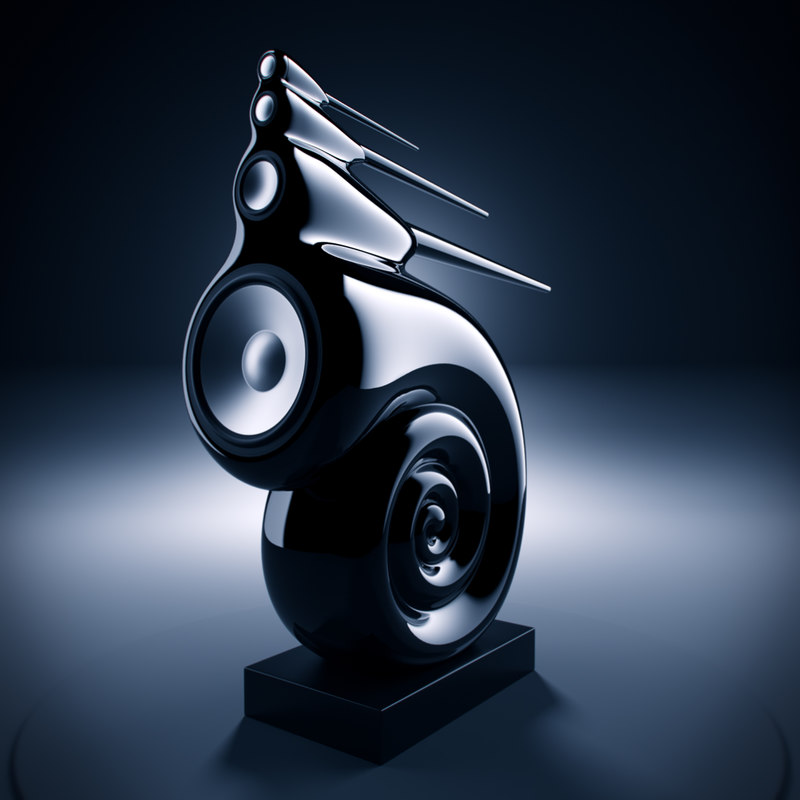Modern Adyton. You can hear that at Oslo HiFi Center. In my book it is so so.
I have heard most the Adyton gear and talked a lot to the speaker designer (Geir Fredriksen) lately. Adyton is one of the most sold hi-end brand around here and it has unreal dynamics and resolution. I have, however, never 100% got to hold with the line sources... I think generally there is something unreal about the large size of the soundstage... Although I have heard one single implementation where this unnatural soundstage don't seem to be there, One of the employees at Oslo hi-fi center spent something like a year on integration and in this one case it works really well! .... but it's still not fully my piece of cake.
Except for the iMagic 1.5 that I showed earlier, but it's not being sold anymore.
The one and only procduct available now is the Adyton Gracili below, featuring only 2.5" fullrange drivers (looks like fountek) and a ribbon.
These speakers use Valchromat panels for the cabinet and aluminium for the front, it is claimed that Valchromat has better behaviour for cabinets than mdf or hdf.
Geir Fredriksen is a very nice guy, very approachable and willing to share about mostly anything....
The speakers roll off naturally around 100 to 120 Hz (depending on model) There is also no crossover components in series with the main drivers;
There must be two extremely capable subwoofers to match. If the subwoofer integration is not 1000% perfect it all falls apart. Fredriksen state that Adyton iMagic speakers are real phase coherent, but I never saw measurements proving it;
Those that never heard a linesource like this always seem to be shocked.... However, I prefer a speaker as close to point source as possible
Below some demo setup and Geir himself. I am, however, not so sure about this thing, the large REL stack can not be crossed high-enough to mate with the main speakers, so there is a small sub in bewteen that fill in between the subwoofer stack and main speakers .... strange setup to me
Adyton electronics is not sold anymore... The Cordis amps were really nice

There is also a spin-off, Audio Insight, the main product line is power conditioners, I got one of these myself, an IsoVolt 3K; I think it made a significant difference to me, taking away lots of "hash", makes music more smooth and nice and organic (Yes, it is NOT my imagination)


